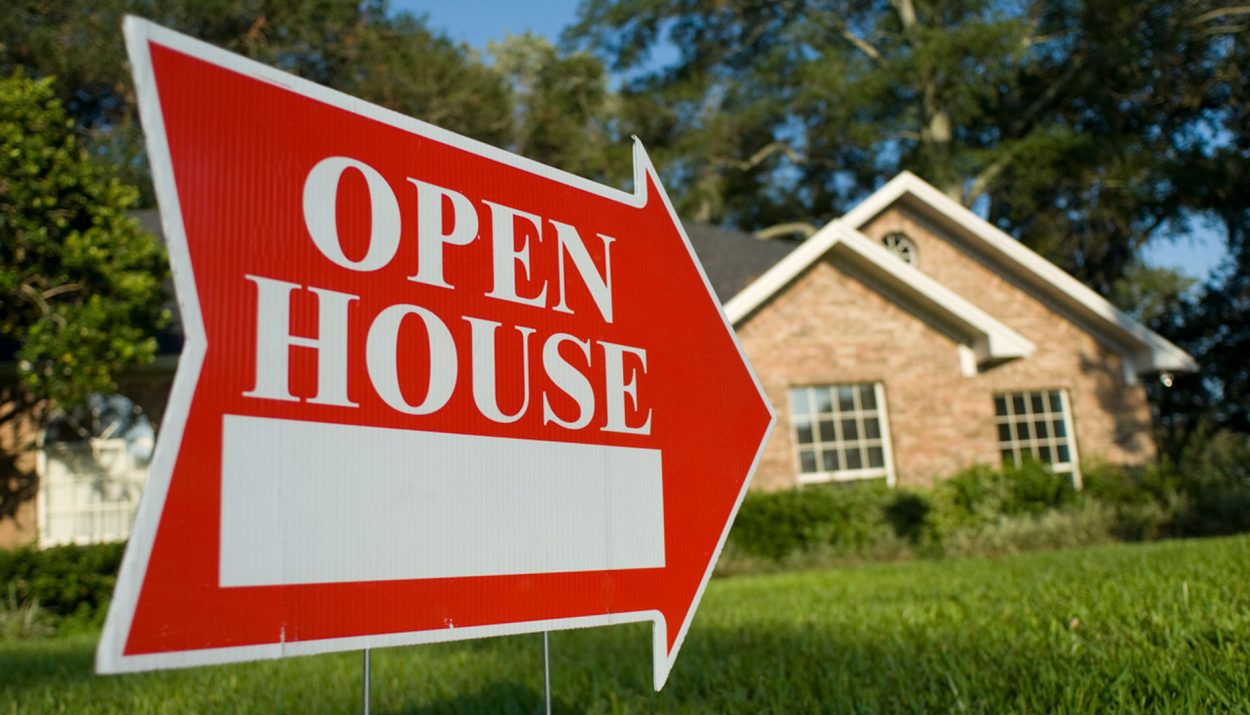The housing market in America has undergone significant ups and downs in the last several years. The pandemic saw a huge swelling in both prices and demand of the market, and that demand has remained high in the years since even as mortgage rates have skyrocketed. HIgher rates have caused significant challenges in the market, which appear to be on the path to continue.
Steady Increase in the Housing Market
Prior to 2020, the housing market in America had seen a steady increase year over year, in line with recovery from the housing market crash of 2008. Thousands of Americans lost their homes that year, and many economists and housing experts were surprised when the market rebounded as well as it did.
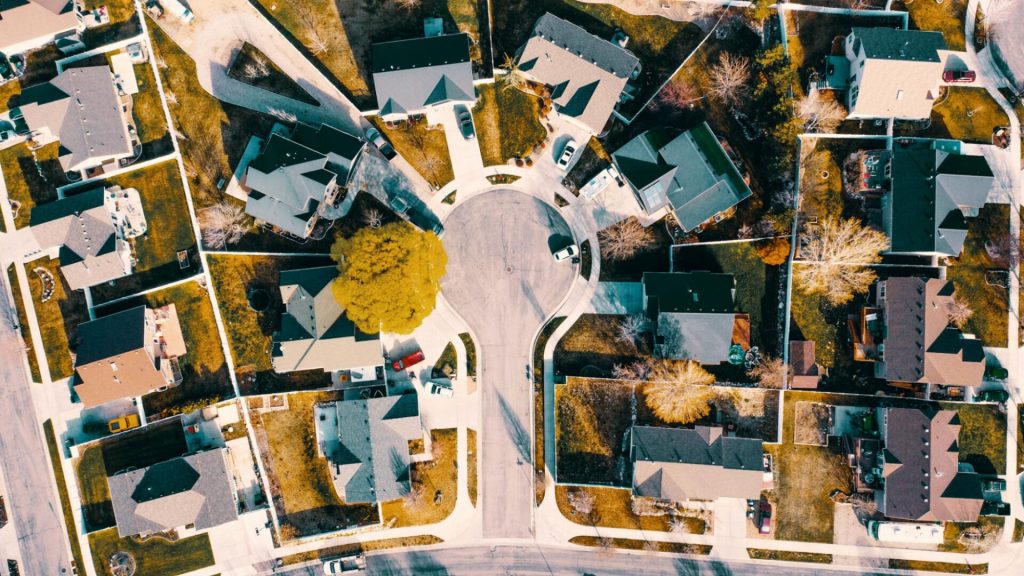
Prices followed a steady pattern of increase year over year as the market recovered and stock stayed steady with new builds. Despite the fact that housing was well out of reach for many Americans due to stagnated wages, the housing market was, by all accounts, fairly healthy.
Pandemic Changing Everything
All of that changed in 2020, though. The pandemic saw a significant shock in the market, with interest rates plummeting after states started to shut down and there appeared to be signs of a recession. Reduced interest rates and pandemic assistance was implemented in order to avoid a downturn in the market, and this had an unexpected effect.

Many Americans decided that then was the right time to jump into the housing market, particularly for first-time homebuyers. With interest rates hovering between 2% and 3%, it seemed like a good time to buy, even with the shock that was seen in prices for homes.
Prices Skyrocketing
The significant increase in demand for houses, as well as the lower stock and low interest rates, caused prices for homes to skyrocket in cities across the country. Prices inflated 12% between 2020 and 2021, and another 15% between 2021 and 2022.

This inflation of prices took home ownership out of the realm of possibility for many Americans. However, others bit the bullet and were able to purchase homes at significantly higher costs. There was such demand for houses that, at the time, there was a troubling pattern of individuals and families offering cash for homes, at more than asking price in order to secure the property.
Problems for Homeowners
Of course, this left a significant number of people with mortgages far higher than what the property was worth, and a very low interest rate on the mortgage. Prices for homes started dropping as the country started recovering from the pandemic, leaving a good number of Americans in quite the bind.
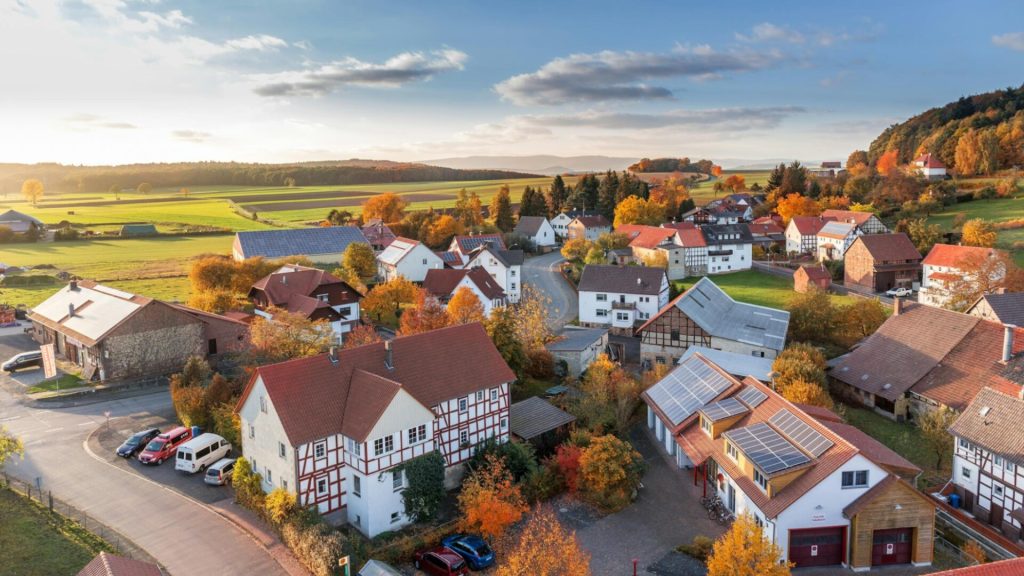
For those who had bought a property for more than it was worth, they were now stuck with a mortgage payment for a home that they would never recoup. Others were thrilled to have bought a home at an incredibly low rate on the mortgage, but were immediately faced with higher interest rates the moment they wanted to upgrade to a larger place.
Blame it, in Part, on the Fed
High mortgage interest has been spurred by the Fed, who has kept interest rates consistently high for multiple quarters in a row. This has been in pursuit of the goal target of inflation of 2%, after inflation hit a peak high of 9% in 2022.
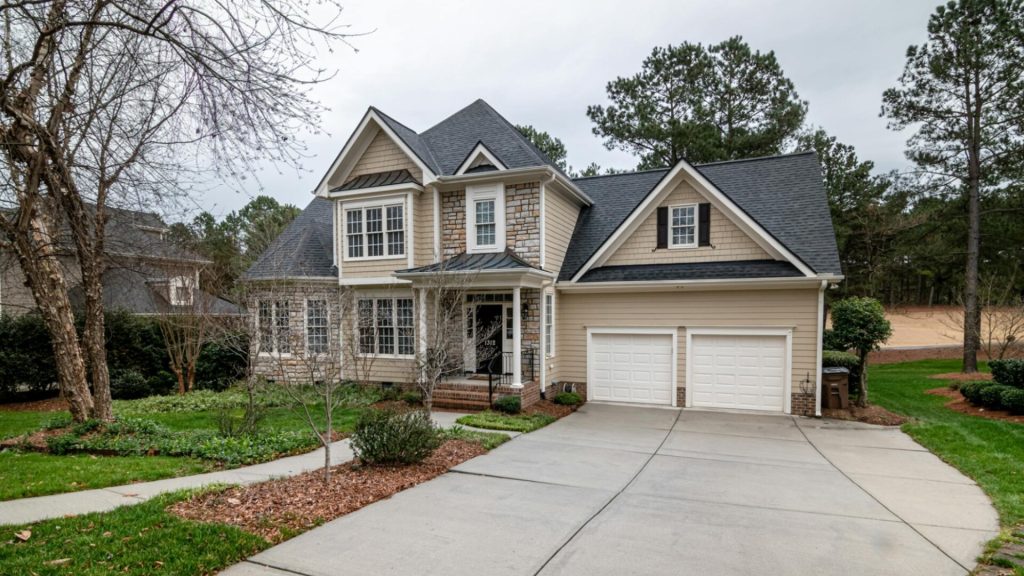
The Fed announced in late 2023 that they were seeing enough progress with inflation that they were planning on multiple rate increases throughout 2024, which had a positive effect on mortgage rates. They started to come down from the peak high of 8% saw in 2023, but since that announcement, the Fed has yet to announce any plans to reduce interest rates, and the cost of a mortgage has come up yet again.
Lower Housing Sales than Expected
Consistently high rates have been blamed by many economists and housing experts for lower sales than expected. This is true for February of 2024, as well. Sales of new homes in the northeast and the midwest plunged in February, helping to bring down the market overall across the country.

The northeast registered a whopping 31% dip in single-family home sales, while the midwest saw a decline of 2.4%. In a housing market that has been booming up until recently, these numbers are staggering, and could give a hint of where the housing market is turning in the coming months.
Nationally, Down
These dramatic losses had the effect of dropping sales in the country by a total of 0.3%. Sales in February totaled 662,000, according to data from the u.S. Census Bureau and the Department of Housing and Urban Development.

This is down from the projected sales of 677,000, which was predicted by Bloomberg Economists. It wasn’t all bad news, though; the south had encouraging data, showing a 3.7% increase in sales, and the west was up 2.7%.
Blaming High Mortgage Rates
High mortgage rates have been blamed for the disappointing numbers. After hitting a peak of 8% in the fall, many were hoping that the lower numbers that were seen through the winter would lead to a significantly stronger showing in the housing market through the first quarter of 2024.
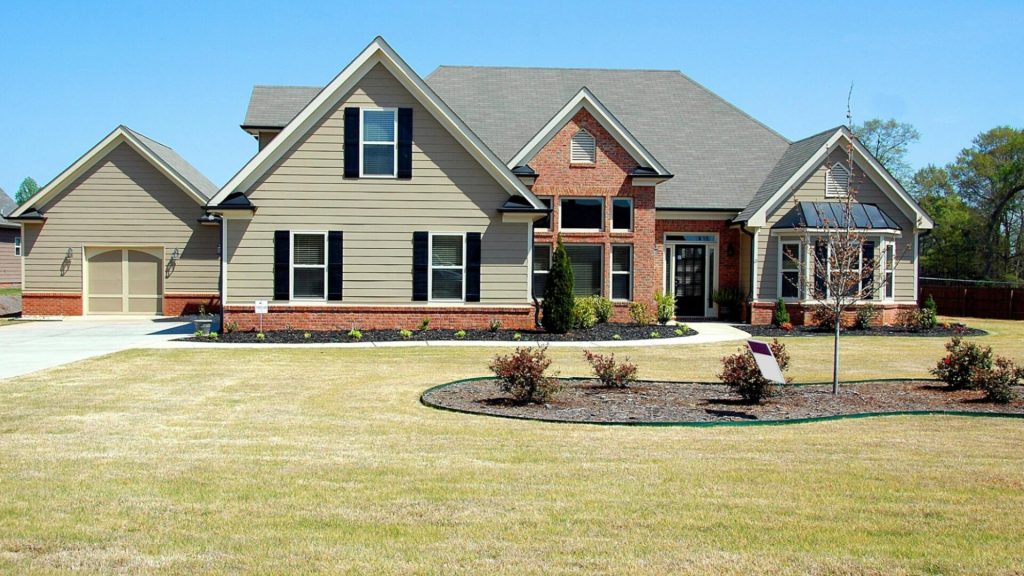
Unfortunately, with the Fed keeping rates high for the time being, investors are fearful that borrowing costs will continue to stay high, for longer. This has contributed to a significant jump in mortgage rates in the last few weeks, with the 30-year fixed rate for a loan at nearly 6.9% this last week.
A Reversal of the Sales Pattern
The dip in sales is a reversal of a pattern that was ongoing through the winter. The existing homes market saw a significant jump in sales last month, despite the rise in mortgage rates. This was a market that, for a long time, had decayed due to sellers being reluctant to give up their low mortgage rate on their current property.

“Sales were spurred by a rise in inventory, as 1.07 million homes were available for sale at the end of the month, said Yelena Maleyev, a senior economist for KPMG.
Rates Falling for Sellers’ Comfort
Part of the reason that the existing homes market rose in February was because rates had fallen enough for sellers to start feeling comfortable listing their homes again, after they stayed so uncomfortably high for so long.

“The surge in the resale market can be attributed to falling mortgage rates in December and January, hitting a low of 6.6% in January,” Maleyev said. This was, initially, a very hopeful sign of an improving market. Unfortunately, it wasn’t meant to last.
Suppressing Home Buying Activity
Recent hikes in mortgage rates could significantly suppress further home buying activity moving forward. “Mortgage rates have risen to nearly 6.9% in mid-March, which will hamper activity in the next few months,” Maleyev said.
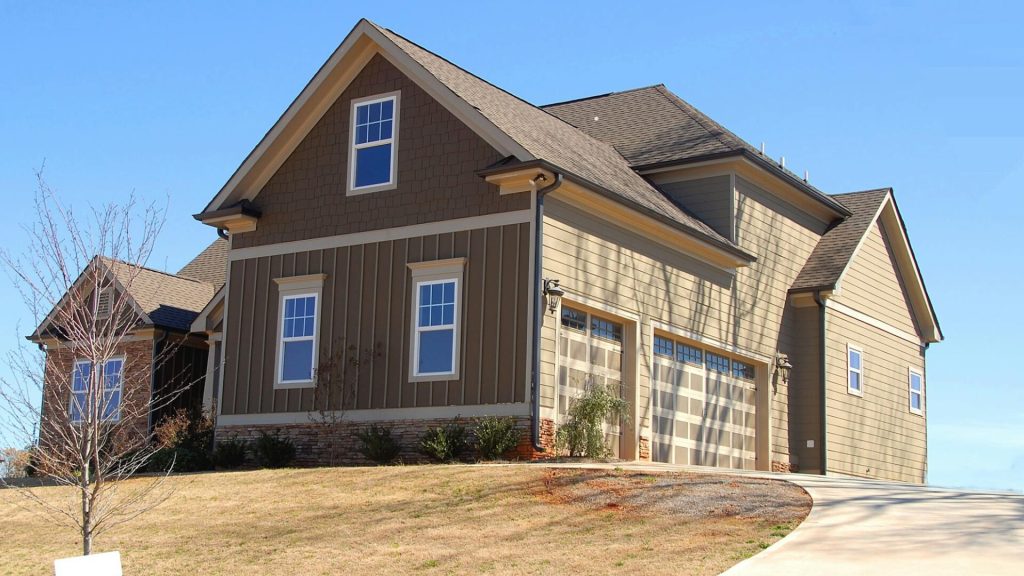
All is not bad news, though. Maleyev believes that mortgage rates will fall again as the year goes on. She predicts that rates will fall to 6.5% by the end of Q2 of 2024, and will drop to 6.3% by the end of the third quarter.
New House Sales Spurred
It’s entirely possible, if Maleyev is correct, that new house sales will be spurred again as the year goes on and borrowing money becomes more affordable. It’s expected the pattern will be seen specifically for new sales over existing home sales, simply because there are fewer existing homes being put up for sale on the market.

“We expect the pace of new home sales to trend higher over the balance of 2024 with sales supported by lower mortgage rates, increased supply, and a relative scarcity of existing homes for sale,” said Nancy Vanden Houten, lead U.S. economist at Oxford Economics.
A Waiting Game
All Americans are feeling the pinch of higher home prices, and it’s a problem that appears to be without a clear solution. Dropping interest rates might help with the cost of buying homes in the short term, but in the long term it doesn’t impact inflated interest rates or low wages, which are all factors that make it difficult for everyday Americans to buy their first home.

Until interest rates come down to reasonable levels, the conversation is rather moot, unfortunately. The Fed has projected that they’ll drop rates three times over the course of 2024, so all the American public can do at this point is wait, watch, and hope that someday soon, we’ll all be able to afford a home of our very own.

